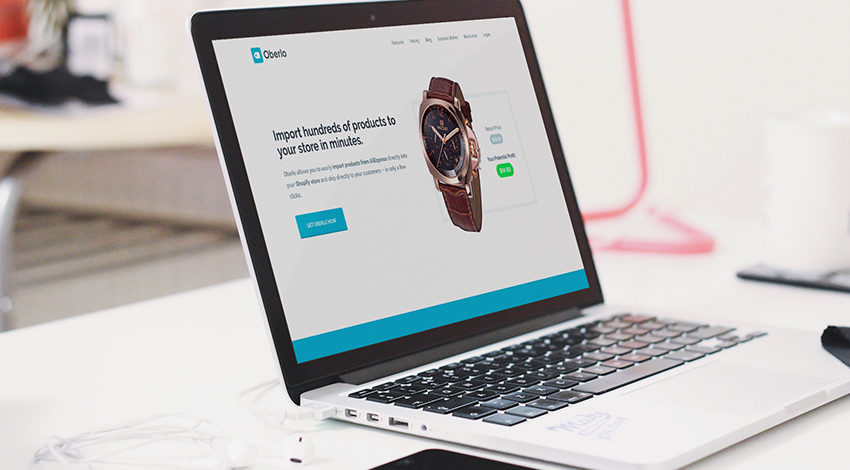Websites are designed for the visitors. But all visitors aren’t equal. There are UX best practices that make sure your website is user-friendly. But best practices also have their limits. No matter how you design your website, half the people will have a different opinion regarding the details.
Do you have a sleek and beautiful dark theme on your website? Someone will find that it’s too dark for their eyes. You have created a sign in option so that your customer can save their preferences? Wait till you meet the ones, who will refuse to buy from you simply because they don’t want to remember another username and password.
You might settle for what 80% your potential viewers would like. But there are several problems with that. First of all, how would you know what they like? Running an A/B testing for every element of a site would be an overkill. Also, why would you want to annoy the rest 20%?
It may seem like there’s no way out of it. Actually, there is. At least to some extent.
What about you let the visitors customize your site according to their preferences? It that possible?
We all know your visitors are not web designers. And (even if some of them are) they have neither the time nor the inclination. We are not talking about customization in a broader sense.
There are some elements of a website that you can safely leave to the hands of your visitors. In other words, you can let them customize some features of the UX.
Let’s see how.
Themes
Many people find light themes tiring and stressful on the eye. If your site has a lot of content that you want your visitors to read then it’s best to have two colour themes for your site. One light and one dark.
Now, you may think it’s almost like designing two different looking sites. But it’s not. If you begin with the double theme idea from the start, the design process won’t be that difficult. If planned in a proper way, some simple CSS rules would suffice to change the theme of your site in just one click.
Privacy
If you have an eCommerce site you definitely want your customers to create an account. That way you can store their preferences, send them customized offers, gather data about product popularity and what not. But some of your customers may not like it.
For them, you should add the option of checking out as guest buyers. It’s good if your customers sign up but don’t push them if they don’t want to.
In general, if your site requires creating profiles, let your users decide whether their profiles will be public or private. The more privacy customization you offer to your users the more they will trust you and feel comfortable on your website.
Fonts
The size and type of fonts matter a lot in terms of usability. So letting the user change those can be a good customization feature for your site. It’ll be especially helpful for blogs.
You don’t need to give the users too many options regarding font type. Font size is more important. One serif font and another sans-serif font with about 3 / 4 size options should be enough. A small floating toolbar is a great way to show these options to the users.
Language
Not all sites need to have multi-language. But if your site has more than one language, let your users chose the language they want. In other words, don’t predict. Many multilingual sites determine the language to display by the location of the users. This is no longer a good UX practice. What if your visitor is using a VPN? Or what if someone is visiting your site from France but wants to see it in English?
One way to get around this issue is to the ask the users to select a language when they visit your site for the first time. Another way is to place the language options at a prominent place on the site. So that, if someone wants a separate language than what is displayed by default, they can change it easily.
Arrangement
It wouldn’t be practical to let the users change the way your site places different elements. But there are some things that you can let them arrange in their own ways.
We are talking about the presentation of information here. For example: In an eCommerce site, you should let the visitors arrange the products according to item type, release date or any other criteria. Similar customized sorting options can be provided for other information on your site.
Making a website customized requires you to plan early. If you design your websites keeping customization in mind from the beginning, it won’t cause that much extra effort. But it will definitely improve the UX of your website.
This article is a guest post by Amio Galib Chowdhury. Amio is a content writer for WebAlive, a team of Melbourne web designers and developers. You can follow us on Twitter @webalive

